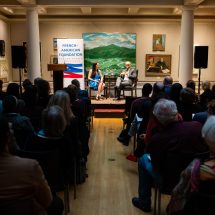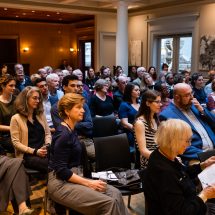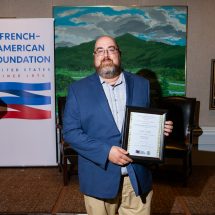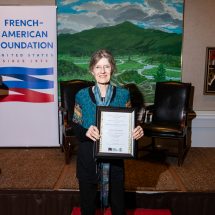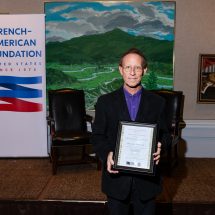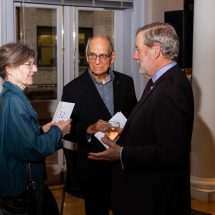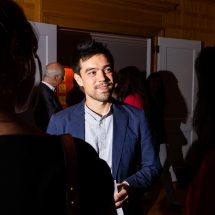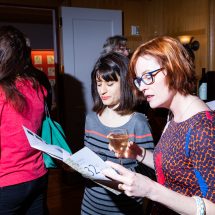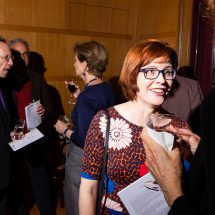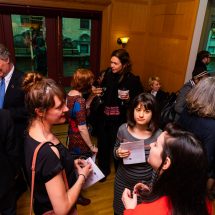2021 Translation Prize Winners
We are pleased to announce the winners of the 34th Annual Translation Prize program. Winners will be honored by the French-American Foundation at an online awards ceremony on Thursday, June 3, 2021 at 1:00 pm ET.
FICTION
Chris Andrews, for his translation of Our Riches by Kaouther Adimi
New Directions Publishing
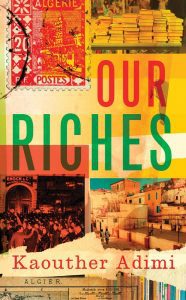
Our Riches celebrates quixotic devotion and the love of books in the person of Edmond Charlot, who at the age of twenty founded Les Vraies Richesses (Our True Wealth), the famous Algerian bookstore/publishing house/lending library. He more than fulfilled its motto “by the young, for the young,” discovering the twenty-four-year-old Albert Camus in 1937. His entire archive was twice destroyed by the French colonial forces, but despite financial difficulties (he was hopelessly generous) and the vicissitudes of wars and revolutions, Charlot (often compared to the legendary bookseller Sylvia Beach) carried forward Les Vraies Richesses as a cultural hub of Algiers.
Our Riches interweaves Charlot’s story with that of another twenty-year-old, Ryad (dispatched in 2017 to empty the old shop and repaint it). Ryad’s no booklover, but old Abdallah, the bookshop’s self-appointed, nearly illiterate guardian, opens the young man’s mind. Cutting brilliantly from Charlot to Ryad, from the 1930s to current times, from WWII to the bloody 1961 Free Algeria demonstrations in Paris, Adimi delicately packs a monumental history of intense political drama into her swift and poignant novel. But most of all, it’s a hymn to the book and to the love of books.
NONFICTION
Hoyt Rogers, for his translation of Rome, 1630: The Horizon of the Early Baroque, Followed by Five Essays on Seventeenth-Century Art by Yves Bonnefoy
Seagull Books / University of Chicago Press
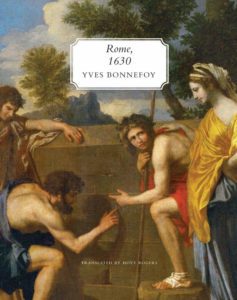
Bernini, Poussin, Velázquez, Cortona, Borromini, Valentin: the list could go on and on. In 1630, despite their signal differences, the finest artists of the European Baroque converged on Rome, where Caravaggio was still a lingering influence. In response to the Protestant Reformation, the Catholic Church turned to masters such as these to celebrate the glories of heaven, while other patrons granted them commissions for secular works. With splendid monuments like Bernini’s Baldachin at St Peter’s, or profound canvases like the landscapes of Poussin, Rome became the crucible of major advances in seventeenth-century sculpture, painting and architecture.
In the title study of this book, Yves Bonnefoy focuses on the pivotal year in the development of the Baroque style. Richly illustrated, his Rome, 1630 reveals how a pan-European movement was born from the achievements of the Italian and foreign artists who congregated in the city during that seminal period. The five supplementary essays in the volume further explore the evolution of seventeenth-century painting, particularly in the works of Elsheimer, Caravaggio, Cortona and Poussin. In his afterword, Hoyt Rogers pays homage to the author, analyzing the centrality of Baroque art to Bonnefoy’s poetry and aesthetics.
Book descriptions courtesy of the respective publishers.

